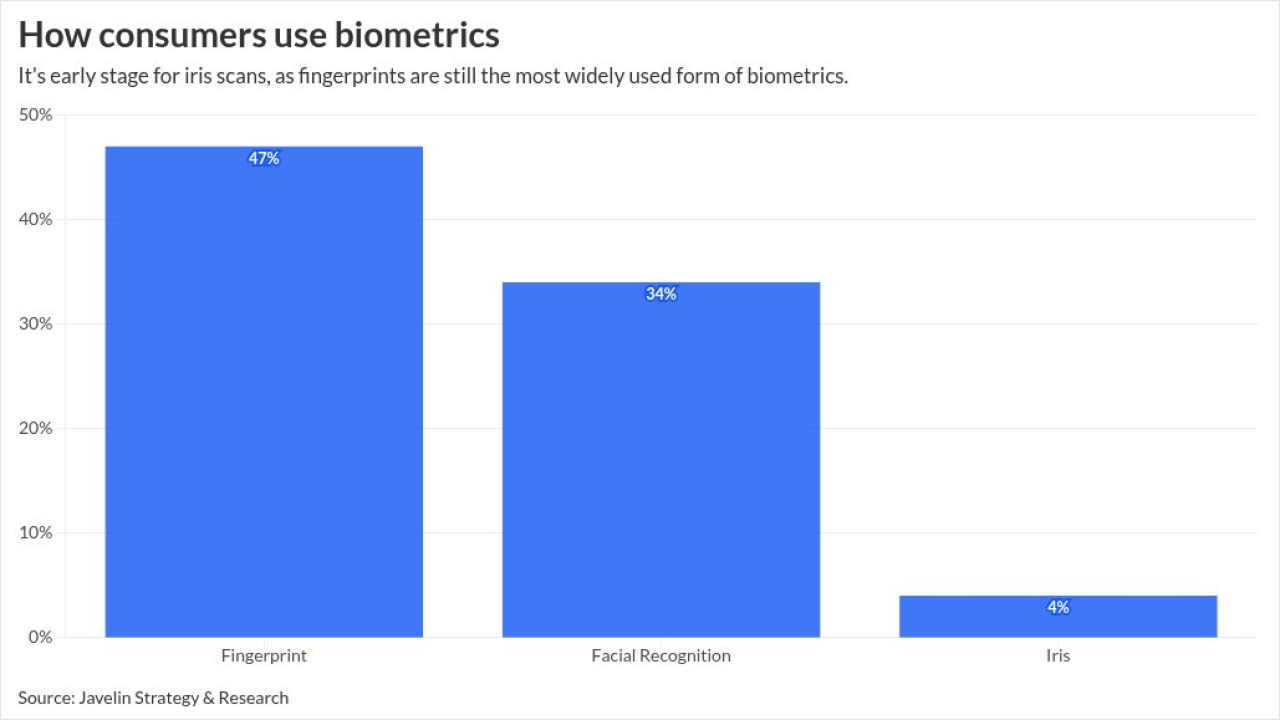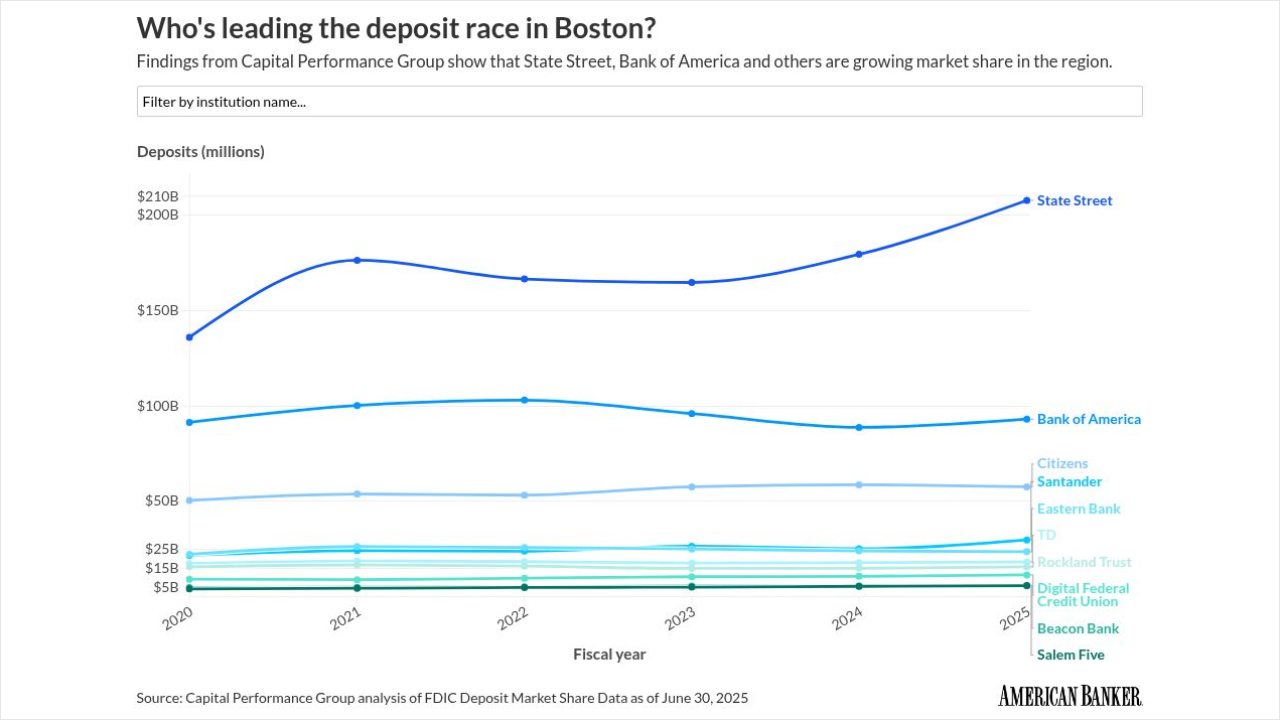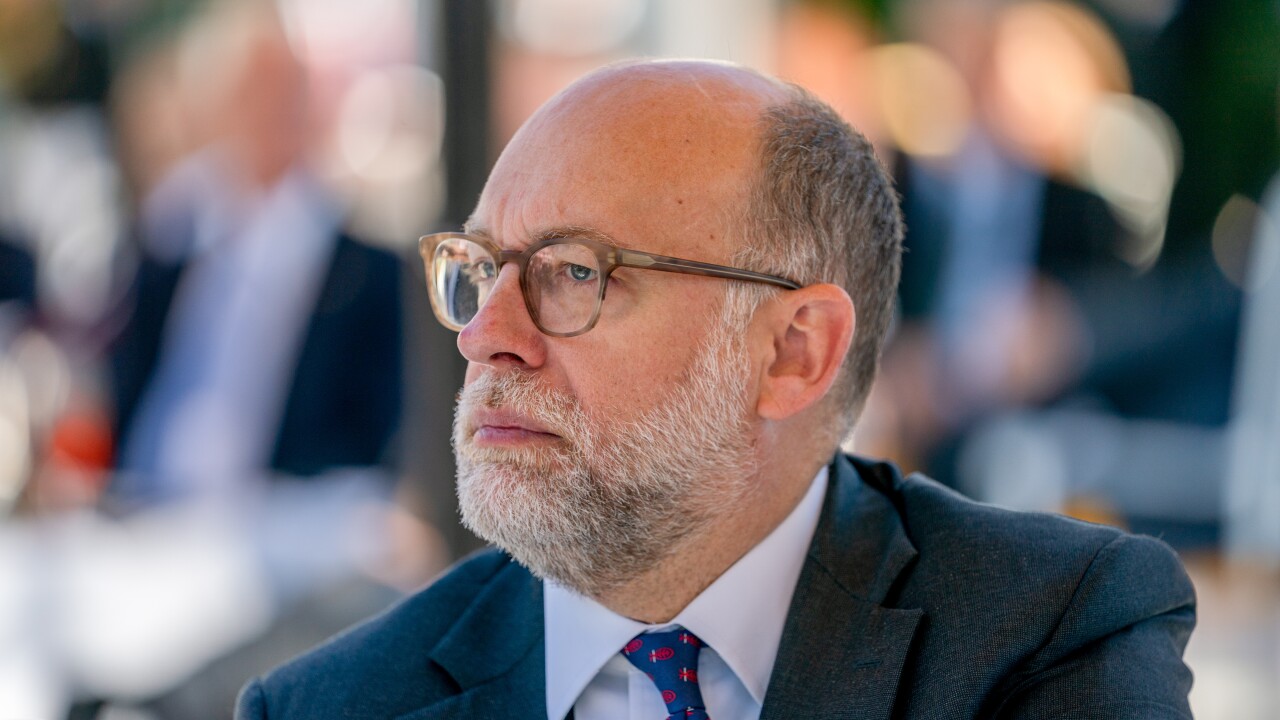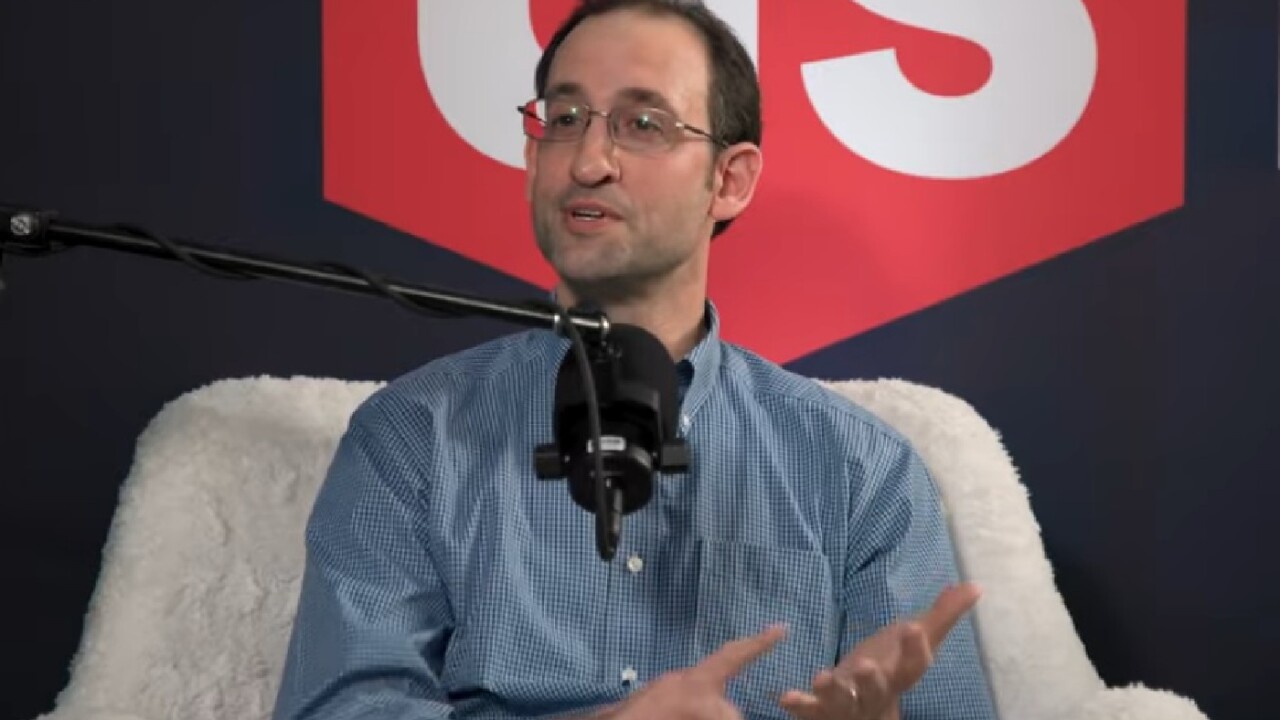
UPDATE: This article now includes commentary from U.S. Bancorp's earnings call and an interview with Chief Financial Officer John Stern.
Following positive loan-growth numbers at PNC Financial Services Group and First Horizon Corp., U.S. Bank's parent company reported commercial-and-industrial loans totaling $139.6 billion, up more than 7% from the same period in 2024.
"Literally every category we track for commercial growth was up this quarter," Chief Financial Officer John Stern told American Banker on Thursday.
While larger commercial credits pack a bigger punch, small-business lending, particularly in the health care and Small Business Administration sectors, was exceptionally strong during the second quarter, according to Stern.
"We have seen a good 14% to 15% year-over-year growth in those areas," he said. "That's a nice contribution to our overall growth."
Stern's comments were in line with those of Shruti Patel, U.S. Bank's chief product officer for small-business banking, who told American Banker earlier this month that the $686.4 billion-asset lender was
Between October 2024 and the first half of July 2025,
The gains in cards and commercial lending during the second quarter were offset by year-over-year declines in commercial real estate and residential lending. Total loans rose by a modest 1% from a year ago, as average loans reached $379 billion.
Average second-quarter deposits totaled $503 billion. That was down 0.7% from the quarter ending March 31, but followed seasonal tax-payment patterns, according to Stern.
The Minneapolis-based company delivered positive operating leverage in the quarter, as total revenue increased 2% year over year to $7 billion, while operating expenses declined.
The reduced operating expenses check a box for CEO Gunjan Kedia, who has stressed stricter expense control. More broadly, the company's second-quarter results met or exceeded the targets it had set for spread and fee income, operating expenses and operating leverage.
Still, Kedia acknowledged Thursday that
Executives believe the Dallas bank will hit its target for improving a key profitability metric later this year, driven by investment and trading fee income.
Investors are concerned about the "sustainability and consistency of delivery," Kedia said on a conference call with analysts.
"There's an extraordinary amount of organic growth opportunity in our core businesses … so we definitely expect to be a growth story," Kedia said. "But you really do have to build credibility with positive operating leverage and bring the efficiency ratio down, because that's the model we want to scale over time."
During the second quarter,
Fee income growth was more robust. It totaled $2.92 billion — up about 4% year over year — and comprised 42% of net revenue.
Despite protracted weakness in the housing market,
"We are very committed to the [mortgage] business," she said. "It's the core financial product that is nearest and dearest to a lot of people's financial affairs. It's been muted for some time, but in a different rate environment it's a very good source of fees and loan growth."
Credit quality remained solid between March and June.
"All the metrics we track — nonperforming assets were better, delinquencies, if you carve out the noise, were all better, as well," Stern said.
He added that the company expects loss rates within its credit portfolio to be lower than their 2024 levels, while overall charge-offs are expected to be "stable to down."
The company's results provided grist for both bull and bear narratives, Steven Alexopoulos, an analyst who covers
He argued that the bank had a "weak quarter for net interest income," and was able to beat analysts' expectations because of a lower provision for credit losses, which gives bears "quite a bit to chew on."






